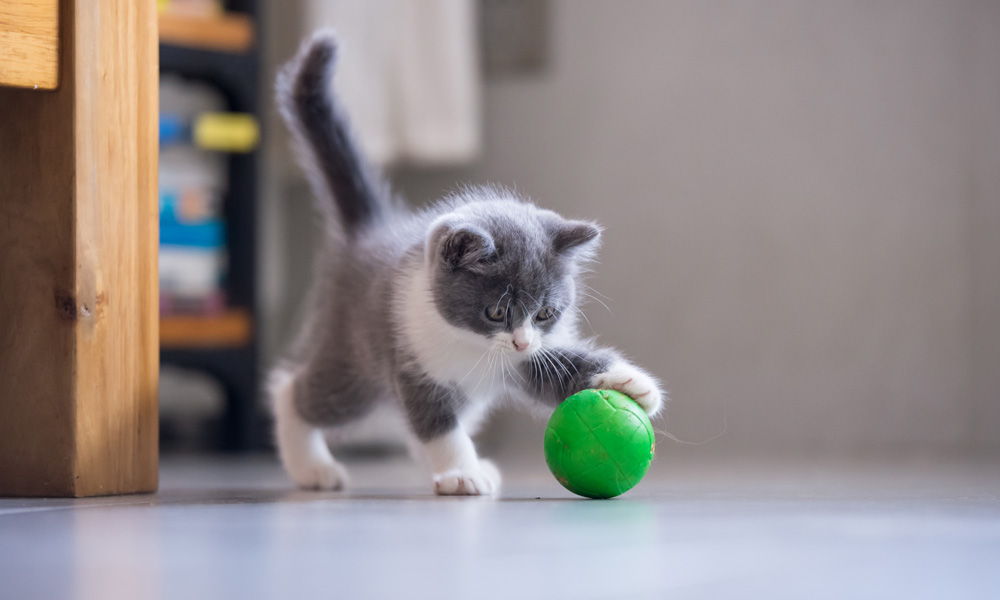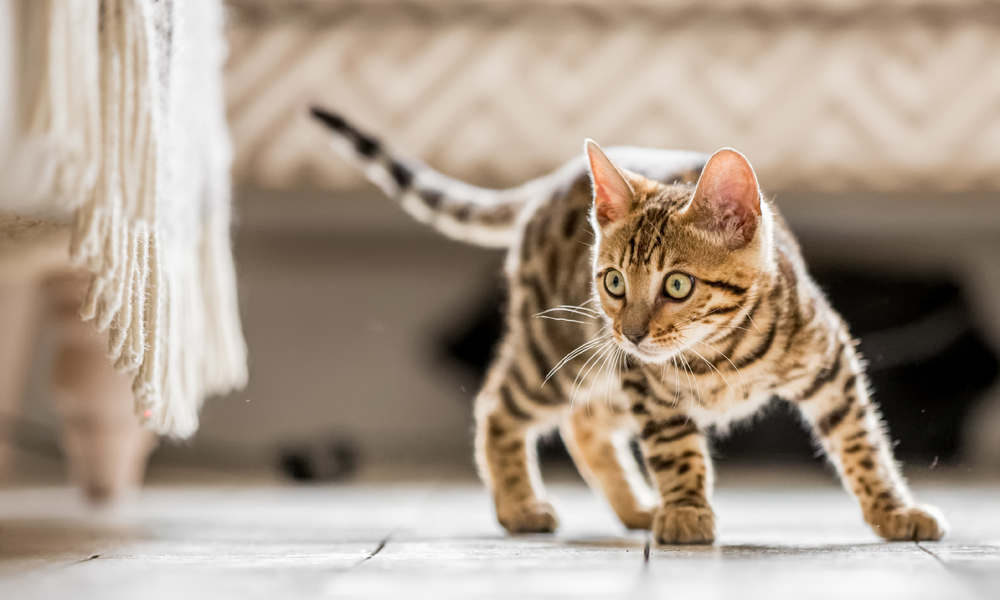When most people think of training animals, they usually think of dogs. However, cats can also benefit from training just as much as dogs can. Training your cat can provide mental stimulation, improve their behavior, and strengthen your bond with them.
Why Train Your Cat?
Contrary to popular belief, cats are not untrainable. They are intelligent animals that can learn a variety of behaviors. Training your cat can help prevent and reduce behavioral problems such as scratching furniture, biting, and spraying. It can also teach them basic commands such as sit, come and stay. Additionally, training your cat can provide mental stimulation, which is essential for their overall health and well-being.
How to Train Your Cat

The first step in training your cat is to identify what behavior you want to teach them. It’s important to keep training sessions short and positive. Cats have a short attention span, so it’s best to keep training sessions to 5-10 minutes. Use positive reinforcement such as treats or praise to encourage good behavior. Punishing your cat for bad behavior can cause them to become fearful and aggressive.
Training Commands for Cats

- Sit – Hold a treat above your cat’s head and move it back towards their tail. Your cat should naturally sit down to follow the treat.
- Come – Use a clicker or a consistent sound such as a whistle to signal your cat to come to you. Reward them with a treat or praise when they come.
- Stay – Ask your cat to sit, then hold your hand out in front of them and say “stay.” Gradually increase the distance between you and your cat, and reward them with a treat or praise when they stay in place.
- High-Five – Hold a treat above your cat’s head and wait for them to lift their paw. Gently touch their paw with your hand and say “high-five.” Repeat until your cat raises their paw on their own.
Training your cat can be a fun and rewarding experience for both you and your furry friend. Remember to keep training sessions short and positive, and use positive reinforcement to encourage good behavior. With patience and consistency, you can teach your cat a variety of behaviors and strengthen your bond with them.













Comments